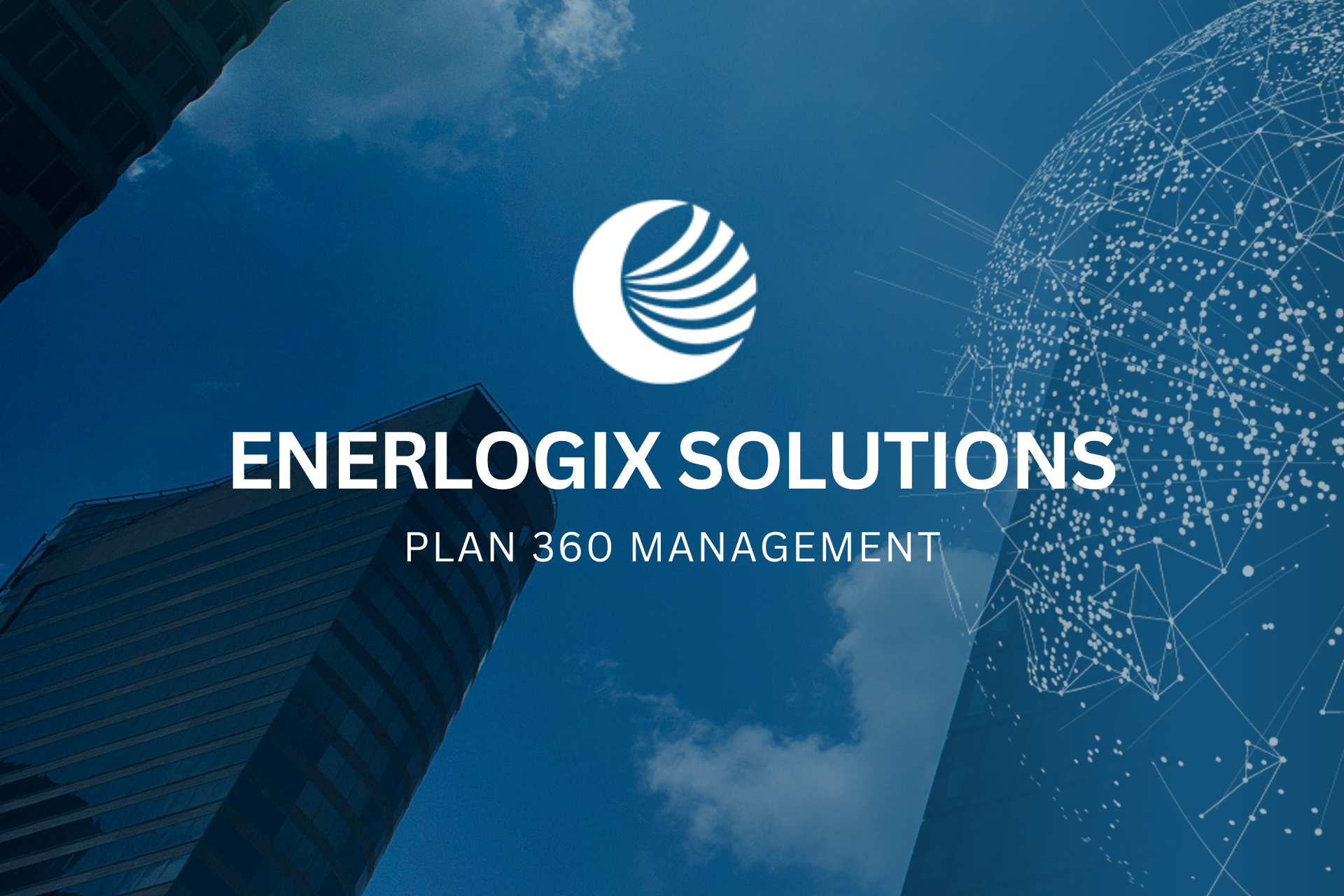Energy Efficiency in Industrial Processes
8 de octubre de 2024
Enerlogix-Solutions
Energy Efficiency in Industrial Processes: A Comprehensive Guide
Understanding Industrial Energy Efficiency
Energy efficiency in industrial processes represents the strategic optimization of energy use to maximize output while minimizing waste. Unlike simple energy conservation, it focuses on smarter energy utilization through technological and operational improvements. For manufacturers, this means producing more goods with less energy input - a critical advantage in today's competitive markets.
Modern industries achieve this through:
- Advanced process engineering
- Smart energy management systems
- Waste heat recovery solutions
- High-efficiency equipment retrofits
Why Industrial Energy Efficiency Matters Now More Than Ever
Economic Imperatives
Global energy price volatility has made efficiency a financial necessity. The International Energy Agency reports that energy represents 20-40% of production costs in energy-intensive sectors like cement, steel, and chemicals. Implementing efficiency measures can reduce these costs by 15-30% annually.

Environmental Compliance
With tightening carbon regulations worldwide, including:
- EU Carbon Border Adjustment Mechanism
- US Clean Air Act standards
- Mexico's Energy Transition Law
Efficient operations help manufacturers avoid penalties while preparing for future compliance requirements.
Competitive Differentiation
Sustainability-conscious supply chains now prioritize partners with verified efficiency programs. Major corporations like Walmart and Ford now require suppliers to demonstrate continuous energy improvement.
Proven Strategies for Industrial Energy Optimization
1. Process-Specific Solutions
- Motor Systems: Variable frequency drives can cut energy use by 25-50% in pumping/ventilation
- Compressed Air: Leak repairs and pressure optimization yield 20-35% savings
- Steam Systems: Trap maintenance and condensate recovery improve efficiency by 15-25%
2. Energy Monitoring Technologies
- IoT-enabled sensors provide real-time consumption data
- AI-powered analytics identify waste patterns
- Digital twin simulations test optimization scenarios
3. Workforce Engagement Programs
- Cross-functional energy teams
- Operator certification programs
- Gamified energy-saving initiatives
Measuring and Validating Results
Effective programs track key performance indicators:
- Energy Intensity (kWh per unit produced)
- Peak Demand Reduction
- ROI of Efficiency Projects
Third-party certifications like ISO 50001 provide frameworks for continuous improvement and external validation.
Future Trends in Industrial Energy Management
Emerging technologies reshaping efficiency:
- Industrial IoT networks for predictive maintenance
- Waste-heat-to-power conversion systems
- Hydrogen-ready process equipment
- Circular energy systems within industrial parks
Getting Started with Your Efficiency Journey
First Steps for Manufacturers
- Conduct an energy audit (ASHRAE Level 2 or 3)
- Prioritize quick-win projects with fast payback
- Develop a phased implementation roadmap
- Establish baseline metrics and tracking systems
What is energy efficiency in industry?
Energy efficiency in industry refers to the effective use of energy to perform industrial processes while minimizing energy waste. It allows companies to produce goods and services using less energy.
Why is energy efficiency important in industry?
Energy efficiency is important because it helps reduce operational costs, minimizes environmental impact, and improves a company’s competitiveness by allowing it to offer more competitive pricing.
What are the benefits of energy efficiency for companies?
The benefits include cost savings, improved competitiveness, reduced greenhouse gas emissions, and a better public image, especially among environmentally-conscious consumers.
What factors affect energy efficiency in industries?
Key factors include the use of advanced technology, regular maintenance of equipment, and proper employee training.
What are energy audits?
Energy audits are assessments of a facility’s energy use to identify areas where efficiency can be improved. These audits help companies save energy and comply with regulations.




